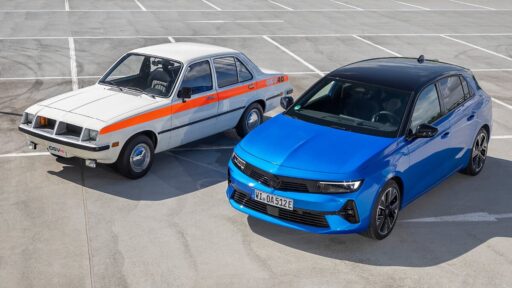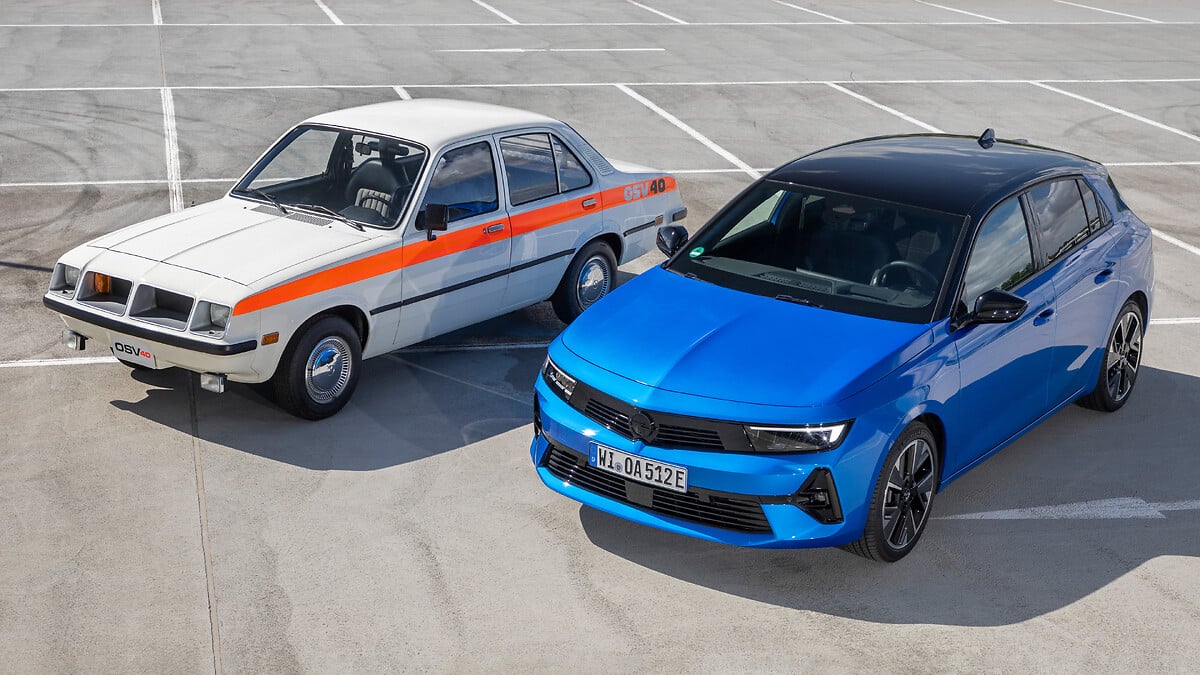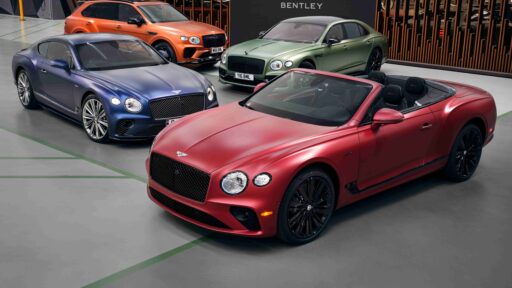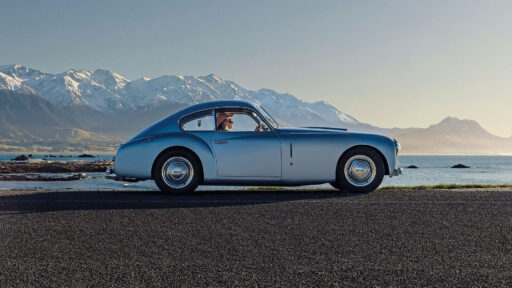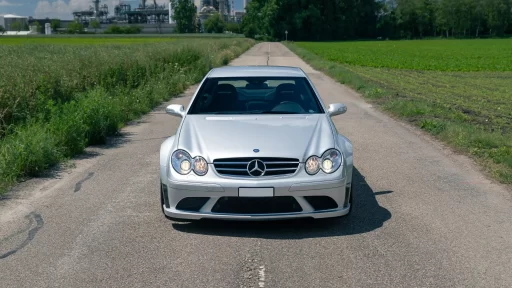Rüsselsheim — Fifty years ago, Opel’s OSV 40 set a new benchmark in vehicle safety, mastering impact speeds up to 40 mph (65 km/h). This pioneering safety study, based on the Opel Kadett C, was showcased at the International Technical Conference on the Enhanced Safety of Vehicles in London, UK. The OSV 40 demonstrated Opel’s commitment to safety, featuring advanced safety technologies that influenced modern vehicle safety standards seen in today’s Astra models.
OSV 40: Visionary Safety Standards
The OSV 40 was designed to withstand a frontal impact at 40 miles per hour, hence its name. The engineering study proved that optimum passive safety could be achieved even with compact cars, not just large and heavy vehicles. Weighing in at 960 kg, the OSV 40 met all safety objectives during crash tests, including frontal impacts with solid obstacles and pylons, rear impacts, side impacts, and rollover tests.
READ MORE: Citroën Enhances On-Board Comfort with ChatGPT Integration
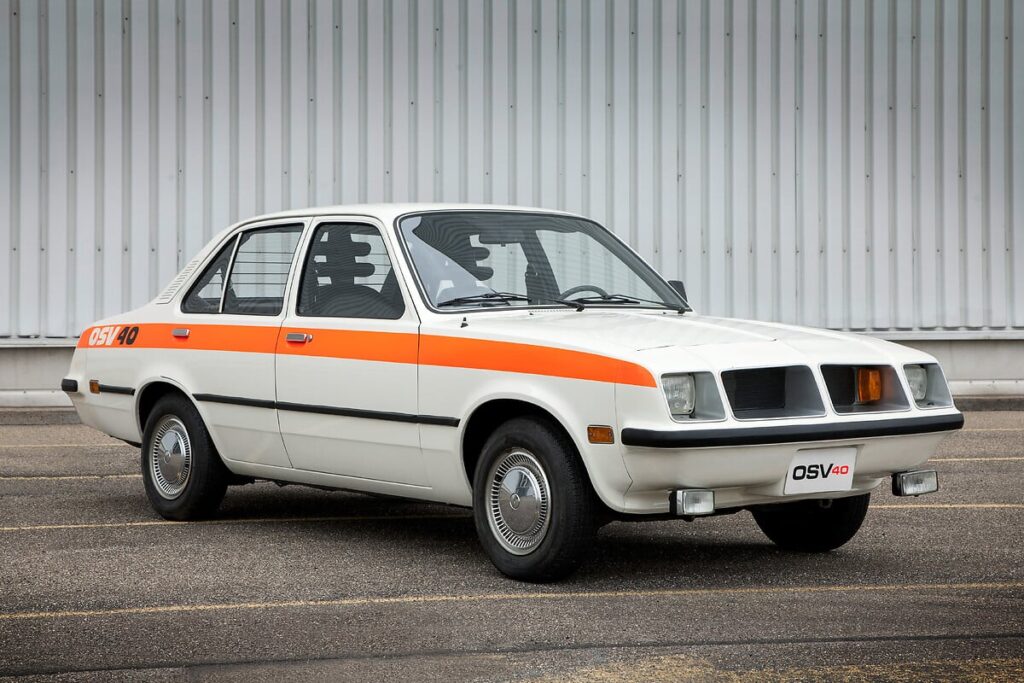
Innovative Safety Features
Opel engineers equipped the OSV 40 with several innovative safety features:
- Polyurethane Foam Bumpers: These voluminous bumpers absorbed impacts effectively.
- Crumple Zones: Foam-filled side members at the front absorbed energy and minimized deformation during low-speed impacts.
- Reinforced Passenger Compartment: The OSV 40 featured reinforced roof beams, polyurethane foam-filled sills and doors, and a laminated glass windshield glued directly to the bodywork for increased stiffness.
- Safety Steering: An additional collapsible element in the lower steering column absorbed energy in the event of a collision.
- Cushioned Surfaces: Interior surfaces were cushioned with polyurethane foam to protect passengers.
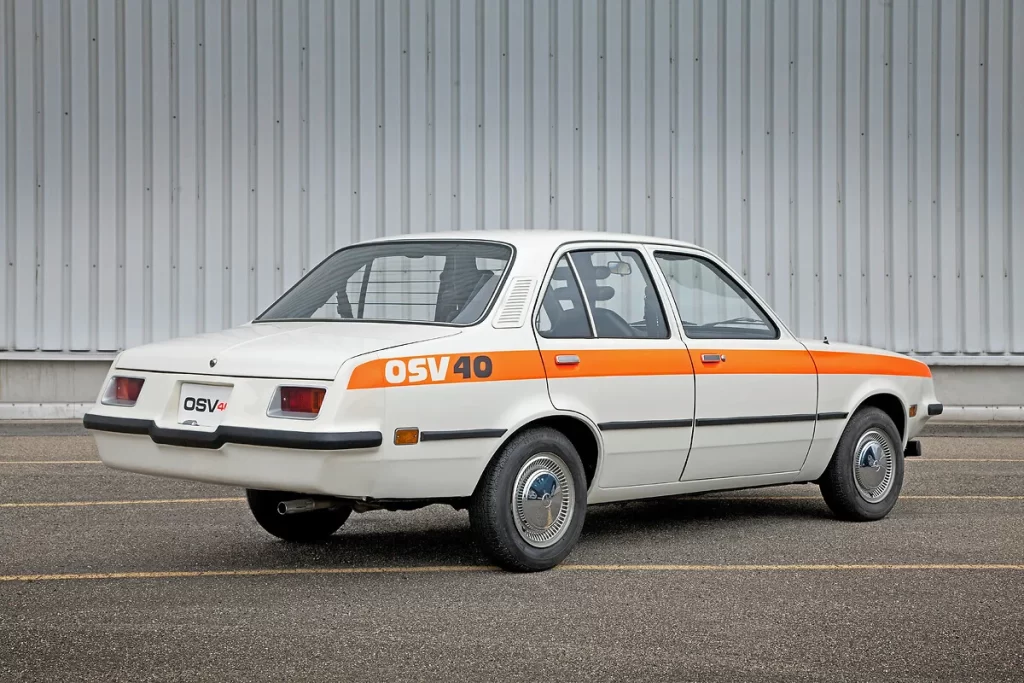
Advanced Cockpit Design
Inside the OSV 40, safety was prioritized with features such as:
- Central Warning System: Controlled 11 functions with associated warning lamps.
- Enhanced Visibility: Additional rear window lights for emergency braking and hazard signaling.
- Adaptive Headlights: Headlight range adjustment to avoid dazzling oncoming traffic.
- Split Rear View Mirror: Minimized blind spots for better rear visibility.
- Innovative Seat Design: Front seats widened to prevent collision during side impacts, with shutter type headrests for rear passengers to support heads during collisions.
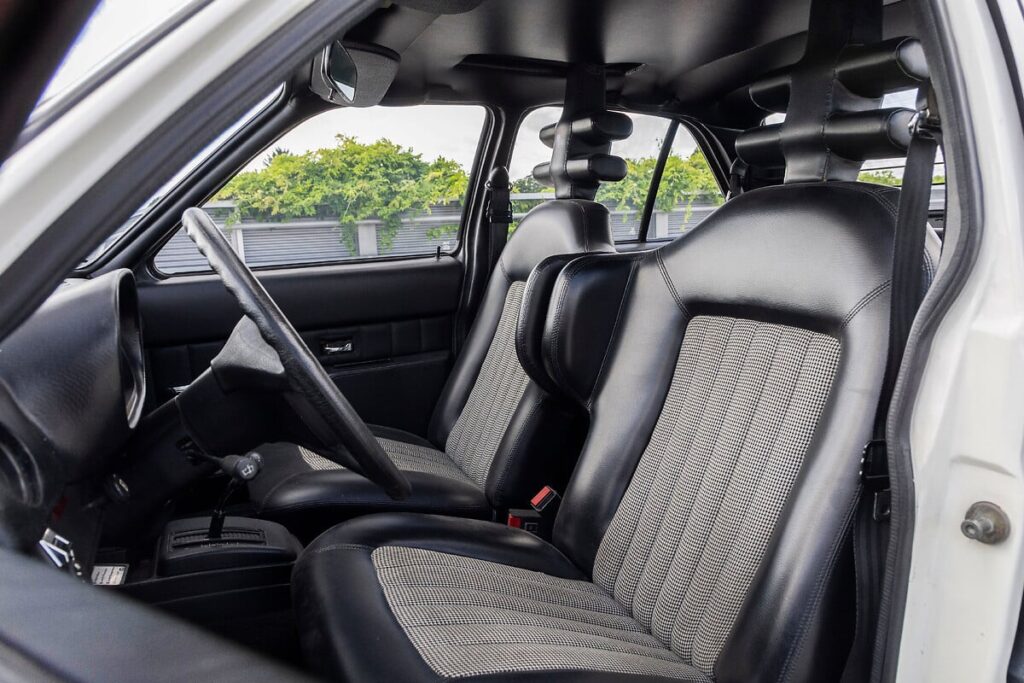
Impact on Modern Vehicle Safety
The OSV 40’s influence was profound, with many of its innovations quickly adopted into production models. It helped shift public awareness towards vehicle safety and accident prevention. Today, safety is a key consideration for car buyers, and the OSV 40 stands as a pioneer of modern vehicle safety, especially in the compact class.
State-of-the-Art Safety in Modern Astra
Opel continues its tradition of safety innovation with the latest generation of Astra and Astra Sports Tourer. These models come equipped with an array of advanced safety systems, including:
- Forward Collision Indication: With automatic emergency braking and pedestrian detection.
- Lane Departure Warning: Keeps drivers within their lane.
- Speed Sign Detection: Alerts drivers to speed limits.
- Drowsiness Detection: Monitors driver alertness.
- Cruise Control: With intelligent speed limiter.
- Parking Pilot: Assists with front and rear parking.
- Traffic Sign Assistant and Automatic Speed Assist: Enhance driving safety.
- Intelli-Vision Camera: Offers a 360-degree view.
The Intelli-Drive system combines several safety features, including rear cross-traffic alert and blind spot alert. The Opel Vizor integrates adaptive glare-free Intelli-Lux LED® Pixel Light, enhancing visibility and safety. Information is displayed in the optional Intelli-HUD head-up display to keep the driver’s eyes on the road.
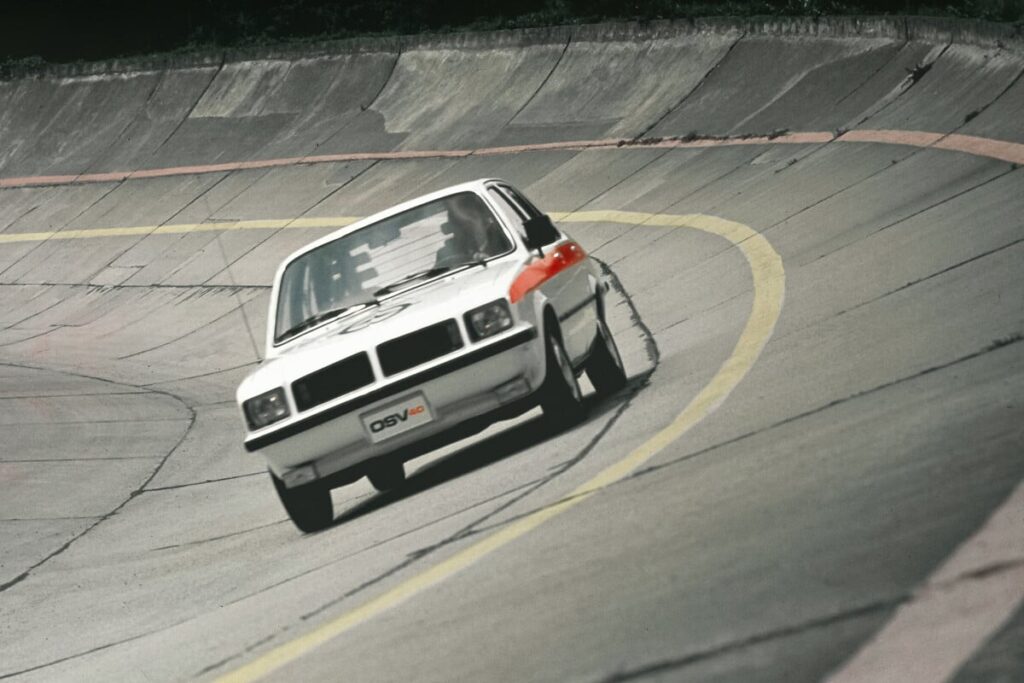
A Legacy of Safety Innovation
Opel’s commitment to safety, demonstrated through the OSV 40, continues to drive advancements in automotive safety technology. The innovations pioneered by the OSV 40 have laid the groundwork for the comprehensive safety systems in today’s Opel vehicles, ensuring that safety remains a hallmark of the brand.
For more information on Opel’s safety innovations and the latest models, visit the official Opel website.
Source: Opel Safety Vehicle Sets New Standards in Safety 50 Years Ago
Subscribe today for the freshest car news delivered to your inbox
